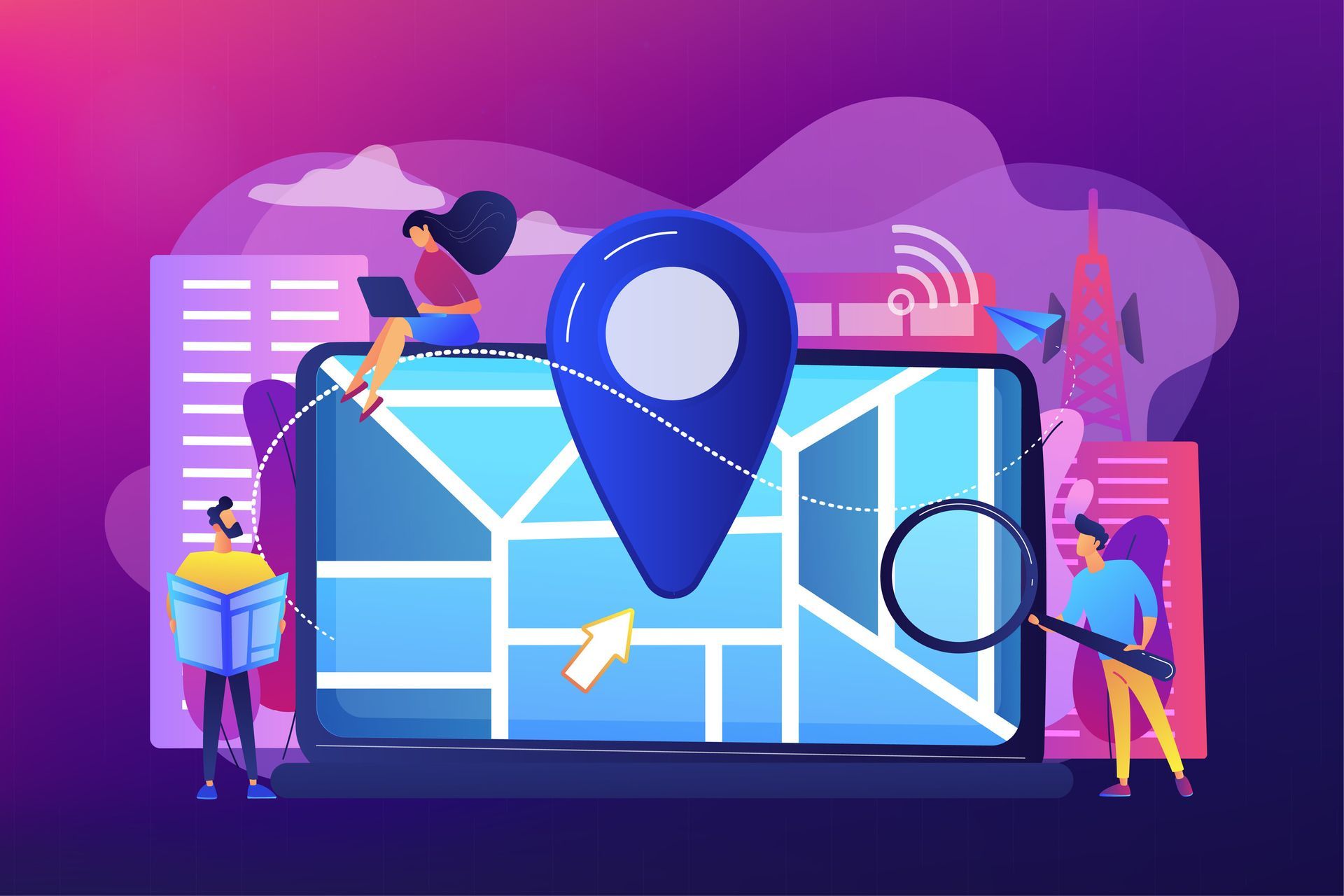How Can You Align Product Development with Business Strategy?
Creating a successful product involves more than just good ideas. It requires a clear alignment with your business strategy.
When your product development and business goals are in sync, you're more likely to meet market demands and achieve your company's vision. It's about making sure everyone is on the same page—whether it's your development team, marketing, or sales.
This way, you save time, reduce costs, and increase your chances of success.
So, how can you ensure that your product development aligns with your business strategy? Let's explore some key steps.
Understanding Your Business Strategy
Before diving into product development, it's essential to have a deep understanding of your business strategy. This involves knowing your company's mission, vision, and long-term goals.
- Identify Core Objectives: Determine your primary business goals, such as market expansion, revenue growth, or brand recognition.
- Conduct Market Research: Understand your target audience, industry trends, and competitive landscape.
- SWOT Analysis: Identify your company's strengths, weaknesses, opportunities, and threats to create a comprehensive strategy.
These foundational steps ensure that your product development decisions are well-informed and aligned with your overall business strategy.
The Role of Product Development
Product development is the engine that drives your business forward. When aligned with your business strategy, it ensures that every new product or feature supports your broader goals. Here’s how to make it work:
Clear Communication
Effective communication is the backbone of successful product development. Ensure all team members understand the business strategy and how it relates to their work.
- Regular Meetings: Hold regular strategy sessions to keep everyone updated.
- Transparent Documentation: Maintain clear and accessible documentation of business goals and product requirements.
- Feedback Loops: Implement feedback loops to ensure continuous improvement.
Agile Methodology
Adopting an agile approach to product development can help you stay aligned with your business objectives.
- Iterative Development: Break down product development into smaller, manageable tasks.
- Frequent Reviews: Regularly review progress and adjust priorities based on real-time data.
- Customer-Centric: Keep the customer at the heart of your development process to ensure the product meets market needs.
Cross-Functional Teams
Creating cross-functional teams can bridge the gap between different departments and ensure that everyone is working towards the same objectives.
- Diverse Expertise: Bring together team members from development, marketing, sales, and customer support.
- Unified Goals: Align team goals with the company’s strategic objectives.
- Collaborative Tools: Use collaborative tools to facilitate communication and joint problem-solving.
Methods for Aligning Strategy with Development
Set Clear Objectives
To effectively align your product development with your business strategy, start by setting clear and achievable objectives.
- Specific Goals: Outline precise, time-bound goals that reflect your business strategy.
- Measurable Targets: Include key performance indicators (KPIs) to track progress and measure success.
- Realistic Plans: Ensure that the objectives set are attainable with the available resources and time.
Create a Roadmap
A strategic roadmap will guide your product development, helping your team stay on track.
- Timeline: Define major milestones and deadlines.
- Prioritization: Prioritize tasks based on business impact and resource availability.
- Flexibility: Allow room for adjustments based on emerging trends and feedback.
- Resource Allocation: Efficiently allocate resources like budget, manpower, and technology.
Foster Collaboration
Encouraging teamwork across different departments is crucial for alignment.
- Workshops and Brainstorming Sessions: Conduct regular sessions to engage team members and gather diverse perspectives.
- Collaborative Platforms: Leverage tools such as Slack, Microsoft Teams, or Trello for seamless communication and task management.
- Shared Goals: Promote a culture where every department understands and works towards shared strategic objectives.
Challenges and Solutions
Misalignment
One of the biggest challenges in aligning product development with business strategy is misalignment between departments. This can result in wasted resources and missed opportunities. To tackle this, consider the following:
- Regular Strategy Reviews: Hold bi-weekly or monthly meetings to ensure that all departments are aligned with the current business strategy.
- Unified Objectives: Make sure that all departments are working towards the same set of goals.
- Departmental Summits: Organize summits where all departments can share their progress and update others on any changes.
Resource Management
Efficient resource allocation is crucial for coherent product development. Mismanagement can derail the entire development process, leading to delays and overspending. Here are some solutions:
- Resource Planning Software: Utilize tools like Asana or Monday.com to manage and monitor resource allocation.
- Cross-Training: Train team members in multiple skills so resources can be flexibly allocated.
- Budget Monitoring: Keep a close watch on budget spend and adjust allocations as required.
Communication Gaps
Poor communication can create a chasm between what is planned and what is executed. Bridging this gap involves:
- Communication Tools: Use tools like Slack for instant messaging and Zoom for face-to-face meetings.
- Clear Channels: Define clear lines of communication for reporting issues and sharing updates.
- Feedback Mechanisms: Implement regular feedback loops to ensure that everyone is on the same page.
Ready to achieve seamless alignment in your business?
GSD Profit Acceleration provides comprehensive digital marketing services in Loveland, focusing on innovative strategies to boost online presence and engagement. Aligning product development with business strategy is essential for long-term success, as it ensures that the products meet market demands while supporting the overall goals of the company. By integrating these elements, businesses can create a cohesive approach that drives growth and enhances customer satisfaction.
Now is the time for entrepreneurs and startups to assess their current strategies and product development processes. Evaluate how well they align, and consider implementing the insights shared in this article.
The road to success is paved with thoughtful planning, innovation, and a commitment to meeting customer needs.
GSD Profit Acceleration offers premier
SEO marketing services in Loveland, CO, aimed at boosting businesses' online presence and website traffic. Using cutting-edge strategies, their expert team helps clients stand out in competitive markets. For a consultation, contact them at 1-501-303-7477 or bobby@gsdbusinesscoaching.com.









